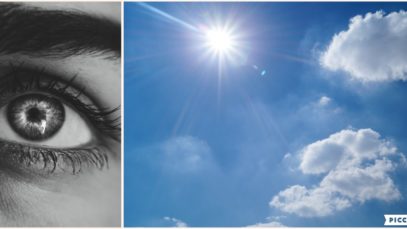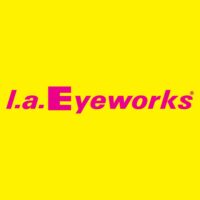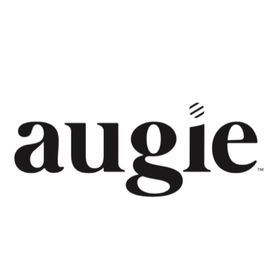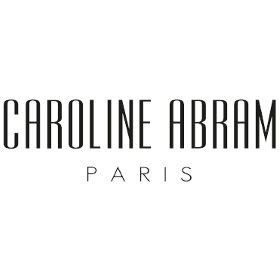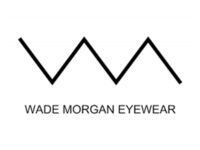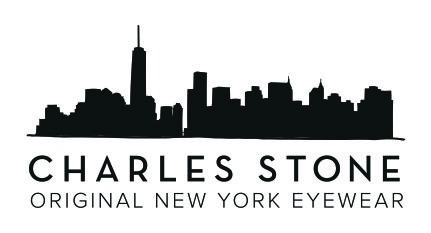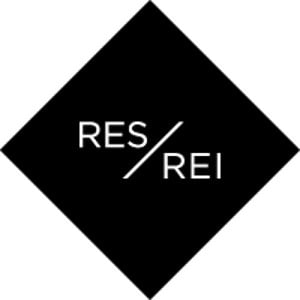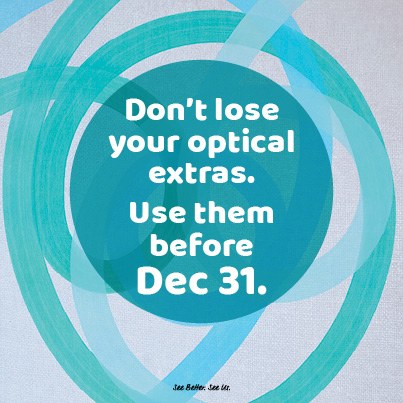There is mounting evidence that our vision is affected by what we do. The amount of time we stay focussed on something close to us may affect how we see.
A study of 10-12 year old school children in Brisbane found that visual demands placed on children in modern classrooms were greater than those reported for traditional classrooms1. Higher levels of vision, sustained focus and eye alignment, and contrast processing were needed to perform optimally in the classroom environment. This is especially the case since the introduction of computers and tablets into the school environment.
At the same time the incidence of short sightedness (myopia) is also increasing. Myopia is thought to be mostly environmental but has a genetic link. That is the more we do at near and inside the more likely we are to become myopic and to progress. Myopia (especially high myopia) comes with risks of visual and ocular health issues such as retinal tears, early cataract, glaucoma and a form of macular degeneration.
In order to help slow the process of myopia or to control vision anomalies it is important to ensure that we practice good visual hygiene techniques. Everyone knows about the Dental version of this, i.e. clean your teeth two times a day…., but little is known about the vision side of things. At Pezzimenti Nixon Optometrists we recommend these techniques to most of our patients to avoid symptoms or minimise them.
Visual Hygiene may be summarised with the anagram B.O.L.D
• Breaks
o Taking regular breaks (every 45-60 minutes), go outside and recharge.
o If using a device breaks should occur more regularly.
o The latest recommendation is at least 1.5 hours of outside time per day.
• Over the shoulder Lighting
o Good focal and room lighting are essential for a more efficient focus system. Includes TV and computers.
• Look up regularly
o We often do this naturally, so not to over work our visual system.
o Try to look up every minute into the distance (>6m).
o This is especially important for devices where we are less likely to do this.
• Distance
o Hold print at a natural distance – at least 35cm. When too close we increase visual demand and may fatigue quicker.
o Reading on one’s stomach or lying in bed should be discouraged.
By applying these BOLD techniques into everyday life, we are less likely to get visual complications or for myopia to progress as quickly. If symptoms still persist book in for an eye examination with us to rule out any other issues.
1. Narayanasamy Sumithira et al. 2016 Visual demands in modern Australian primary school classrooms. Clinical and Experimental OptometryVolume 99, Issue 3



